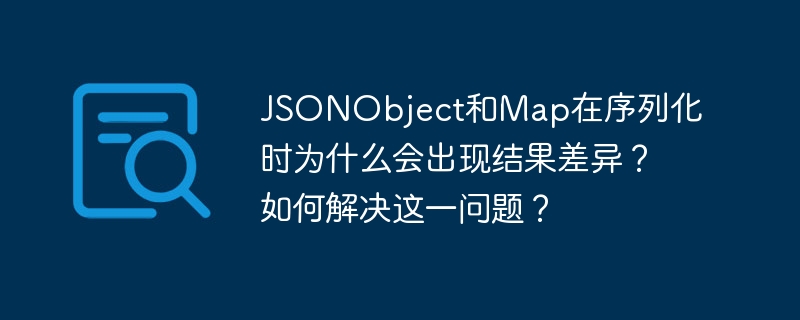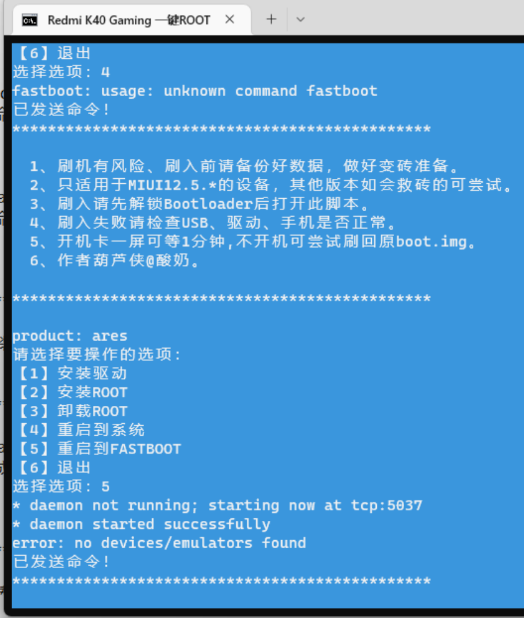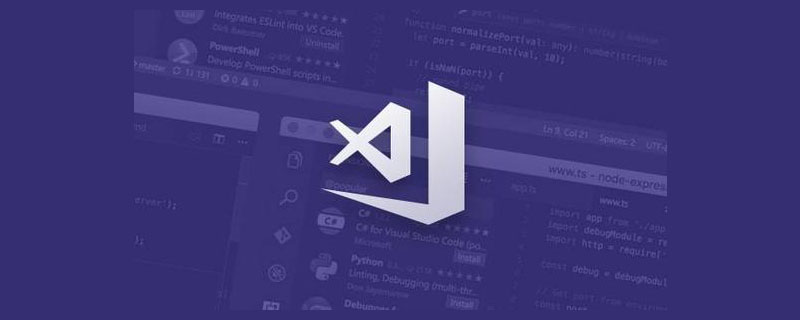
jsonObject與map序列化結果差異及解決方法
在JSON序列化過程中,使用net.sf.json.JSONObject和Java.util.Map可能導致輸出結果不一致。本文分析此問題,并提供解決方案。
問題描述
使用net.sf.json.JSONObject和java.util.Map處理包含列表類型字段(例如type字段)的數據時,序列化結果不同。例如:
@Test public void testSerializationDifference() throws JsonProcessingException { ObjectMapper objectMapper = new ObjectMapper(); List<String> type = Arrays.asList("a", "b"); JSONObject jsonObject = new JSONObject(); jsonObject.put("type", objectMapper.writeValueAsString(type)); System.out.println("JSONObject Output: " + objectMapper.writeValueAsString(jsonObject)); Map<String, Object> map = new HashMap<>(); map.put("type", objectMapper.writeValueAsString(type)); System.out.println("Map Output: " + objectMapper.writeValueAsString(map)); }
輸出結果可能如下:
JSONObject Output: {"type":["a","b"]} Map Output: {"type":"["a","b"]"}
JSONObject直接序列化列表,而Map將列表轉換為字符串后再序列化。這會導致反序列化時的兼容性問題。
問題分析
net.sf.json.JSONObject是一個相對較舊的JSON庫,其行為與現代JSON庫(如Jackson)有所不同。JSONObject試圖保持JSON結構的完整性,而Map則將其值視為普通的Java對象。 JSONObject的內部處理方式使得它在處理嵌套的JSON結構時,會直接輸出json數組,而Map則會將JSON數組轉換成字符串。
解決方法
由于net.sf.json.JSONObject維護困難且存在兼容性問題,建議替換為更現代、功能更強大的JSON庫,例如Jackson (com.fasterxml.jackson.databind.ObjectMapper) 或Gson (com.google.gson.Gson)。
使用Jackson的示例:
@Test public void testJacksonSerialization() throws JsonProcessingException { ObjectMapper objectMapper = new ObjectMapper(); List<String> type = Arrays.asList("a", "b"); Map<String, Object> data = new HashMap<>(); data.put("type", type); System.out.println("Jackson Output: " + objectMapper.writeValueAsString(data)); }
此方法將產生一致且易于反序列化的JSON輸出:{“type”:[“a”,”b”]}
總結
為了避免序列化結果不一致,以及提高代碼的可維護性和兼容性,建議使用現代的json處理庫,例如Jackson或Gson,并直接將Java對象(包括List)放入Map中進行序列化。 避免使用過時的庫,如net.sf.json.JSONObject,以確保數據處理的一致性和可靠性。


















